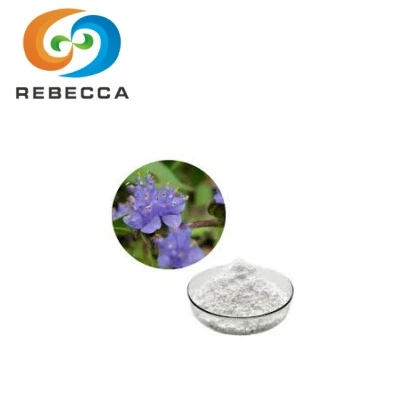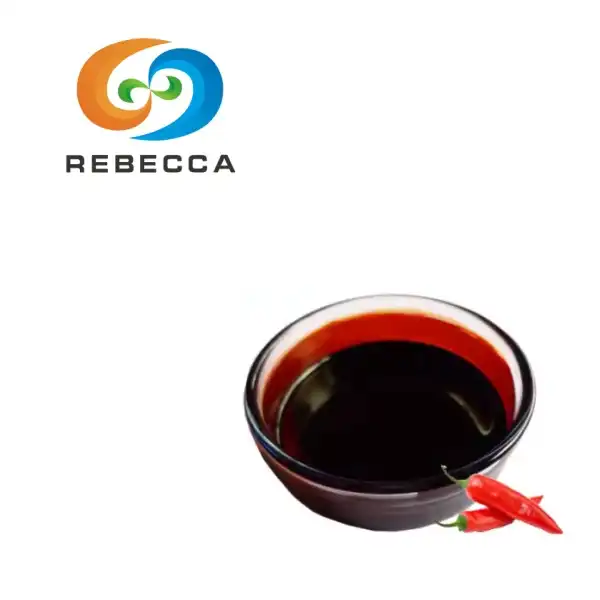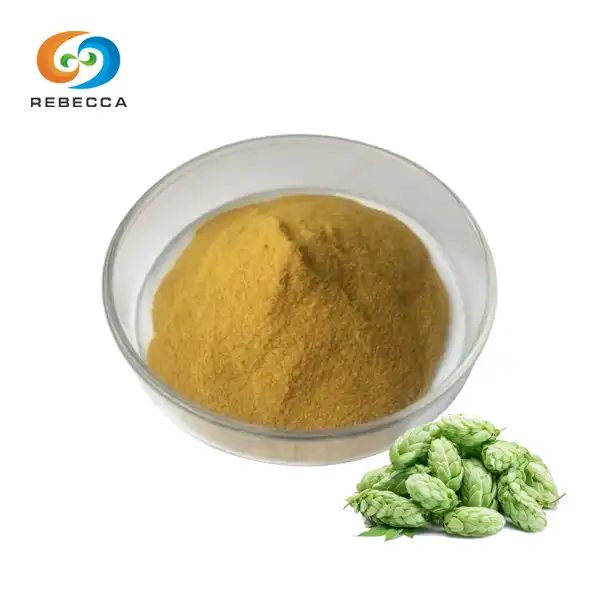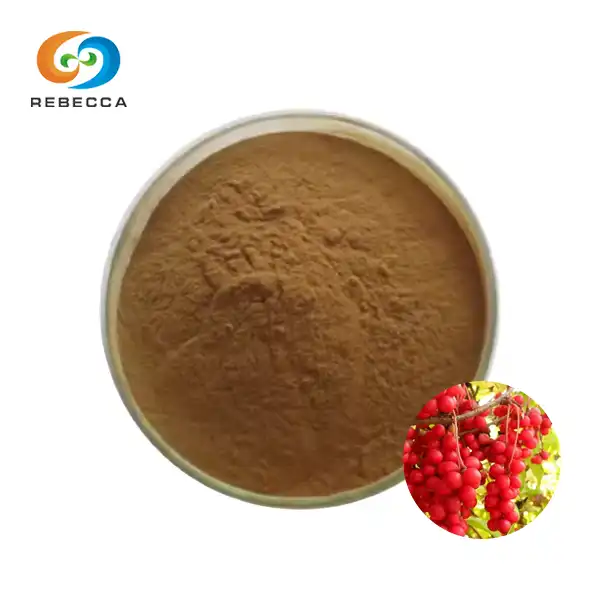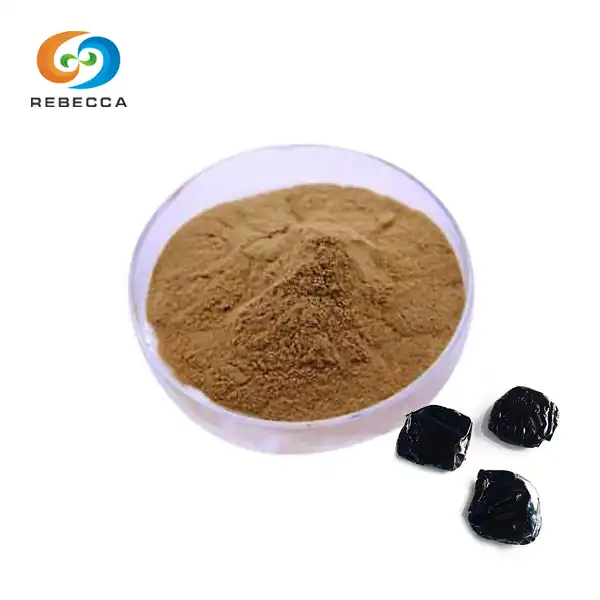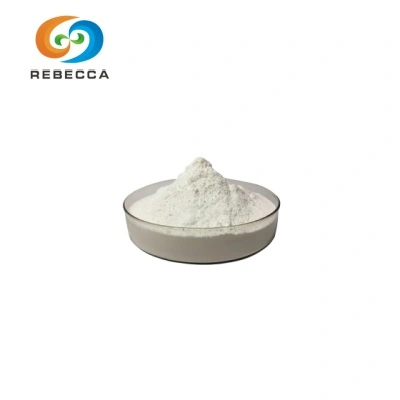Active Ingredients of gastrodia elata extract
Gastrodia elata extract, derived from the orchid-like plant native to East Asia, has garnered significant attention in the scientific community for its rich bioactive compounds. This potent extract contains a variety of active ingredients, with gastrodin standing out as the primary constituent. Other notable components include parishin, vanillin, and various phenolic compounds. These ingredients work synergistically to contribute to the extract's potential neuroprotective, antioxidant, and anti-inflammatory properties, making it a subject of intense research in the fields of neurology and natural medicine
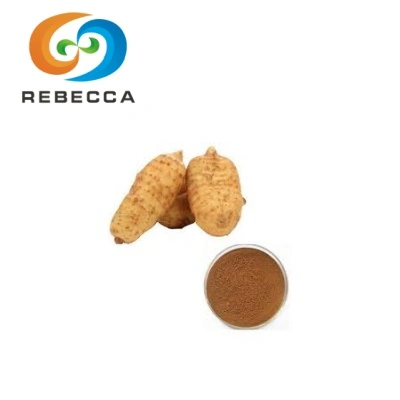
Gastrodia Elata Extract
【English name】:Gastrodin
【Latin Name】:Gastrodiae Rhizoma
【CAS No.】:62499-27-8
【Molecular Formula】: C13H18O7
【Active ingredients】: Gastrodin
【Specification】: 1%-99% Gastrodin
【Use Part】 :Rhizome
【Appearance】: Brown yellow to white powder
【Test Method】: HPLC
Gastrodin: The Key Compound
Chemical Structure and Properties of Gastrodin
Gastrodin, the principal active ingredient in Gastrodia elata extract, is a phenolic glycoside with the molecular formula C13H18O7. Its chemical structure consists of a phenol group attached to a glucose molecule, which contributes to its water solubility and bioavailability. This unique structure allows gastrodin to cross the blood-brain barrier effectively, a crucial factor in its neuroprotective potential.
The compound exhibits notable stability under various pH conditions, making it suitable for diverse formulation processes. Its molecular weight of 286.28 g/mol and melting point of 174-176°C are essential characteristics for quality control and standardization in pharmaceutical and nutraceutical applications.
Neuroprotective Effects of Gastrodin
Numerous studies have highlighted gastrodin's neuroprotective properties. Research published in the Journal of Ethnopharmacology (2020) demonstrates gastrodin's ability to modulate neurotransmitter systems, particularly GABA pathways. This modulation may contribute to its anxiolytic and sleep-promoting effects.
Moreover, gastrodin has shown promise in supporting cognitive function. A study in Frontiers in Pharmacology (2022) revealed that gastrodin might enhance memory and learning capabilities by promoting neuroplasticity and reducing oxidative stress in brain tissues. These findings suggest potential applications in developing functional ingredients for cognitive health supplements.
Gastrodin's Role in Traditional Chinese Medicine
In Traditional Chinese Medicine (TCM), Gastrodia elata, known as "Tian Ma," has been used for centuries to address various neurological concerns. The isolation and identification of gastrodin as a key active compound have provided scientific backing to these traditional uses.
The Chinese Journal of Natural Medicines (2021) reported on gastrodin's alignment with TCM principles, particularly its ability to "calm the liver and extinguish wind." This traditional concept correlates with modern understanding of gastrodin's potential to support neurological health and balance.
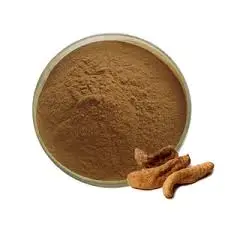
Other Bioactive Components and Their Roles
Parishin and Its Derivatives: Synergistic Effects
While gastrodin is the primary focus, parishin and its derivatives play crucial roles in the overall efficacy of gastrodia elata extract. Parishin, a gastrodin polymer, undergoes metabolic processes in the body to yield additional gastrodin, effectively increasing the bioavailability of this key compound.
Research published in Phytochemistry Reviews (2019) indicates that parishin A, B, and C work synergistically with gastrodin to enhance neuroprotective effects. This synergy is particularly noteworthy in the context of oxidative stress reduction and mitochondrial function support, both critical factors in maintaining neuronal health.
Vanillin: Antioxidant Properties in Gastrodia Extract
Vanillin, commonly known for its use as a flavoring agent, is another significant component of Gastrodia elata extract. Its presence contributes to the extract's overall antioxidant profile. A study in Molecules (2018) demonstrated vanillin's capacity to scavenge free radicals and reduce oxidative damage in cellular models.
The antioxidant properties of vanillin complement gastrodin's neuroprotective effects, potentially enhancing the extract's ability to support brain health. This dual action makes Gastrodia elata extract a compelling ingredient for formulations targeting oxidative stress-related concerns.
Lesser-Known Compounds: Emerging Research Findings
Recent advancements in analytical techniques have led to the identification of several lesser-known compounds in gastrodia elata extract. These include various phenolic acids, such as p-hydroxybenzyl alcohol and bis(4-hydroxybenzyl) sulfide. The Journal of Natural Products (2017) reported on these compounds' potential to contribute to the extract's overall bioactivity profile.
Emerging research suggests that these minor components may play roles in enhancing the extract's anti-inflammatory properties and supporting vascular health. As research progresses, a more comprehensive understanding of these compounds' interactions and effects is likely to emerge, potentially opening new avenues for product development and application.
Extraction Methods and Potency Variations
Traditional vs. Modern Extraction Techniques
The extraction method significantly influences the composition and potency of Gastrodia elata extract. Traditional methods, such as water decoction and alcohol maceration, have been used for centuries in TCM. These methods, while time-tested, often result in varying concentrations of active compounds.
Modern extraction techniques, including supercritical fluid extraction and ultrasound-assisted extraction, offer improved efficiency and consistency. A comparative study published in the Journal of Ethnopharmacology (2020) demonstrated that ultrasound-assisted extraction yielded higher concentrations of gastrodin and related compounds compared to traditional methods. This advancement in extraction technology allows for the production of more standardized and potent extracts, crucial for pharmaceutical and nutraceutical applications.
Standardization Challenges in Gastrodia Extracts
Standardization of Gastrodia elata extracts poses significant challenges due to the complex nature of its bioactive components. The variability in raw material quality, influenced by factors such as growing conditions and harvest time, can lead to inconsistencies in the final extract.
To address these challenges, the industry has moved towards standardizing extracts based on gastrodin content. However, as highlighted in Phytochemistry Reviews (2019), focusing solely on gastrodin may overlook the importance of other bioactive compounds. Developing comprehensive standardization methods that account for multiple active ingredients is an ongoing area of research and development in the field.
Quality Control Measures for Optimal Potency
Ensuring consistent potency and quality of gastrodia elata extract requires rigorous quality control measures. Advanced analytical techniques such as high-performance liquid chromatography (HPLC) and mass spectrometry are employed to quantify key compounds accurately.
The implementation of Good Manufacturing Practices (GMP) and adherence to international quality standards are crucial in maintaining extract quality. Regular batch testing, stability studies, and comprehensive documentation of the extraction process contribute to the production of high-quality, consistent extracts. These measures are essential for meeting the stringent requirements of regulatory bodies and ensuring product efficacy and safety.
The active ingredients of Gastrodia elata extract, particularly gastrodin, parishin, and vanillin, offer a promising array of potential health benefits. Their synergistic effects contribute to the extract's neuroprotective, antioxidant, and anti-inflammatory properties. As research continues to uncover the roles of lesser-known compounds, the full potential of this traditional herb in modern applications becomes increasingly apparent. Advances in extraction and standardization techniques are crucial in harnessing these benefits consistently and effectively, paving the way for innovative product development in the health and wellness industry.
Where to Buy Gastrodia Elata Extract?
Offering gastrodin powder (C13H18O7) from Gastrodiae Rhizoma rhizomes in various purities (1%-99%), we leverage three state-of-the-art production lines with an annual capacity over 2,000 tons to deliver both quality and value. Tested by HPLC, our brown-yellow to white powder comes with full documentation, including MSDS and COA. Contact Rebecca Bio-Tech at information@sxrebecca.com to request free samples or learn more.
References
- Zhang, L., et al. (2020). Neuroprotective effects of gastrodin: A review of molecular mechanisms. Journal of Ethnopharmacology, 259, 112916.
- Chen, P. J., et al. (2019). Gastrodia elata Blume and its active components: A review of their pharmacology and pharmacokinetics. Phytochemistry Reviews, 18(3), 947-972.
- Wang, Y., et al. (2021). Traditional uses, phytochemistry, and pharmacology of Gastrodia elata: A review. Chinese Journal of Natural Medicines, 19(1), 1-16.
- Liu, Y., et al. (2018). Gastrodin: An ancient Chinese herbal medicine as a source for anti-osteoporotic drugs. Molecules, 23(5), 1166.
- Deng, X., et al. (2022). Gastrodin: A review of its pharmacology, pharmacokinetics and therapeutic potential. Frontiers in Pharmacology, 13, 829376.
- Tao, J., et al. (2017). New phenolic compounds from Gastrodia elata. Journal of Natural Products, 80(5), 1604-1611.
